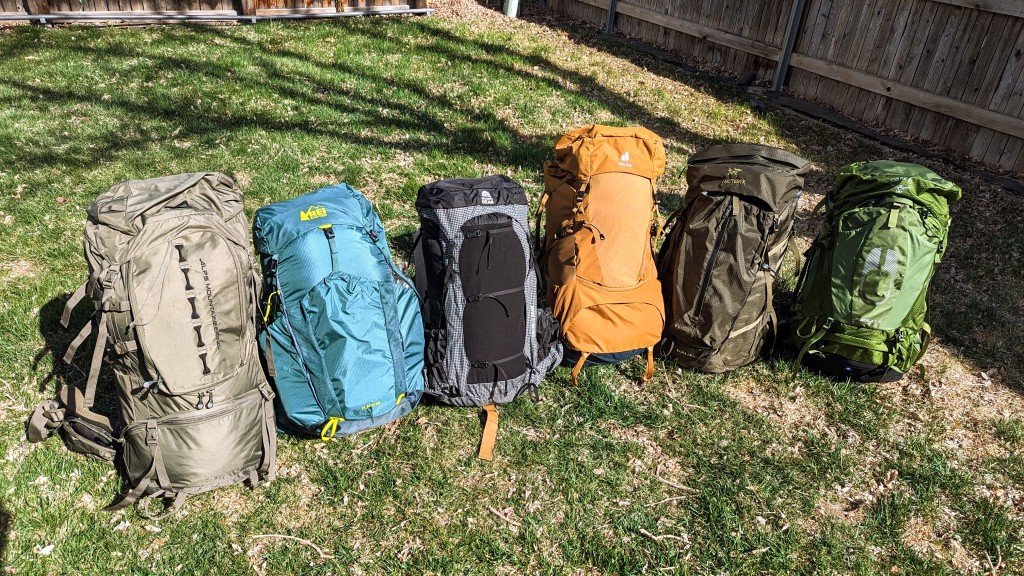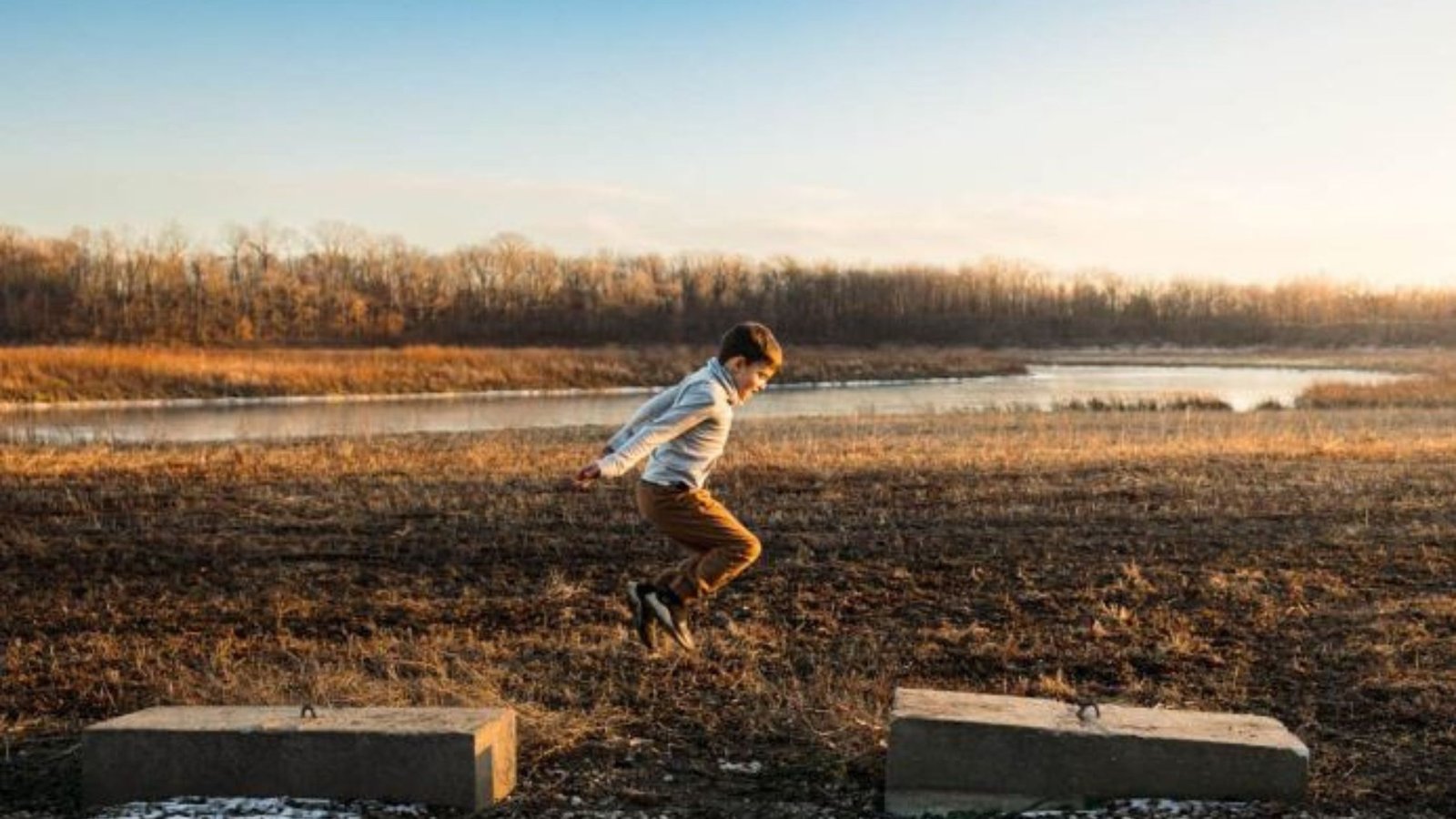Choosing the right outdoor backpack is crucial for any adventure enthusiast. Whether you’re planning a day hike, a weekend camping trip, or a multi-day trek into the wilderness, your backpack serves as your mobile storage unit, carrying everything from essentials to emergency gear. In this comprehensive guide, we’ll walk you through the key factors to consider when selecting the best outdoor backpack to suit your needs.
Understanding Outdoor Backpack Features and Types
Outdoor backpacks come in various sizes and designs, each tailored for specific activities and carrying capacities. Understanding the different features and types will help you narrow down your options based on your adventure requirements.
- Daypacks: Ideal for short hikes or outings, daypacks typically range from 15 to 30 liters and are lightweight with basic features.
- Backpacking Packs: Designed for multi-day trips, these packs range from 40 to 80 liters, offering ample space for clothing, food, and camping gear.
- Hydration Packs: Compact packs with a built-in hydration system, perfect for staying hydrated during activities like cycling or trail running.
Capacity and Size Considerations
One of the most critical factors in choosing an outdoor backpack is its capacity. Consider how much gear you need to carry based on the duration and nature of your trips:
- Day Trips: Opt for a smaller capacity (15-30 liters) for essentials like water, snacks, and a light jacket.
- Overnight Trips: Choose a medium-sized pack (30-50 liters) to accommodate clothing, food, and overnight gear.
- Extended Trips: For longer adventures, select a larger pack (50+ liters) capable of holding additional equipment like tents, sleeping bags, and cooking supplies.
Comfort and Fit
Comfort is paramount when selecting a backpack, especially for extended use. Look for these features to ensure a proper fit:
- Adjustable Straps: Shoulder straps and hip belts should be adjustable to distribute weight evenly and prevent strain on your back.
- Padded Support: Cushioned back panels and shoulder straps enhance comfort during long hikes or climbs.
- Ventilation: Mesh panels on the back and breathable materials improve airflow, reducing sweat buildup and discomfort.
Durability and Weather Resistance
Outdoor backpacks encounter rugged terrain and unpredictable weather conditions. Choose a pack made from durable materials like nylon or polyester, known for their water resistance and abrasion resistance. Look for additional features such as:
- Waterproofing: Some packs come with built-in rain covers or are treated with water-resistant coatings to keep your gear dry during rain showers or snowfall.
- Reinforced Seams: Double-stitched seams and robust zippers ensure durability, preventing tears or damage when carrying heavy loads.

Organizational Features
Efficient organization can make a significant difference in accessing your gear quickly and keeping items secure:
- Compartments and Pockets: Multiple compartments, including side pockets, hip belt pockets, and internal dividers, help you organize gear and keep essentials within reach.
- Attachment Points: Look for external attachment points or daisy chains for securing items like trekking poles, ice axes, or sleeping pads.
- Accessibility: Packs with front-loading or panel-loading designs provide easy access to gear without unpacking everything.
Weight and Packability
Consider the weight of the backpack itself, especially if you prioritize lightweight gear for fast-paced activities or long-distance hikes. Ultralight backpacks prioritize minimalism without sacrificing essential features, while heavier packs may offer more durability and organizational options.
Style and Personal Preferences
While functionality is key, personal preferences such as color, design, and additional features (like hydration bladder compatibility or integrated electronics ports) can influence your decision. Choose a backpack that reflects your style and meets your specific needs for comfort and usability.
Testing and Fit Adjustment
Before committing to a purchase, try on different backpacks with weight to simulate real-world conditions. Adjust straps and hip belts to achieve a comfortable fit and walk around to assess comfort and stability. Many outdoor retailers offer fitting services to ensure you find the perfect backpack for your adventures.
Maintenance and Care
Proper maintenance extends the lifespan of your outdoor backpack:
- Cleaning: Regularly clean your pack with a mild soap and water solution to remove dirt and sweat buildup.
- Storage: Store your backpack in a cool, dry place when not in use, and avoid prolonged exposure to direct sunlight or moisture.
Conclusion
Choosing the best outdoor backpack involves evaluating your specific needs, considering factors like capacity, comfort, durability, and organizational features. By selecting a backpack that aligns with your adventure goals and personal preferences, you’ll enhance your outdoor experience with convenience, comfort, and reliability.











